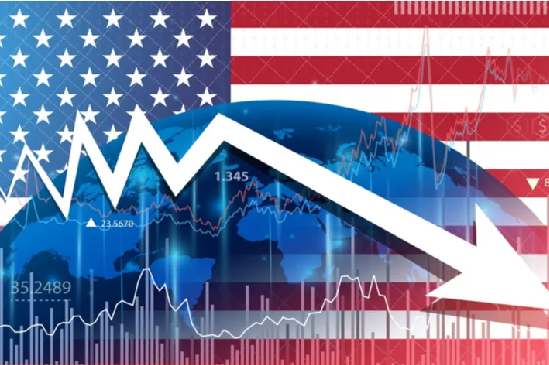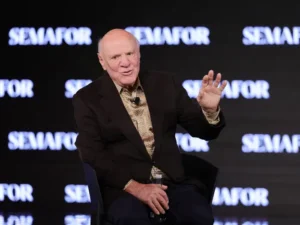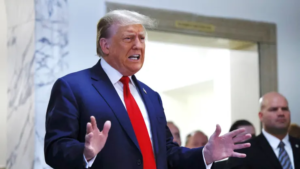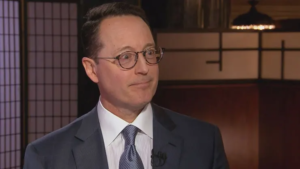The United States economy continued its robust performance in the face of rising interest rates, with the government reporting a 2.1 percent annual growth rate for the second quarter of the year. This announcement maintains the previous estimate, signifying the nation’s capacity to weather monetary challenges.
Moderate Deceleration in Growth
The second-quarter expansion of the Gross Domestic Product (GDP) — the total value of goods and services produced — represented a modest deceleration from the revised 2.2 percent annual growth rate recorded from January through March. This steady performance comes against the backdrop of concerns about escalating interest rates.

Driving Forces Behind Growth
Consumer spending, business investments, and contributions from state and local governments played pivotal roles in fueling the second-quarter economic expansion. Despite the Federal Reserve’s aggressive interest rate hikes aimed at combating inflation, the US economy and job market have exhibited remarkable resilience.
Also Read: Tesla Faces Potential Delivery Challenges Amid Planned Factory Shutdowns and Soft Demand
The Fed’s Battle Against Inflation
The Federal Reserve has hiked its benchmark interest rate a staggering 11 times since mid-March 2022 to curb inflation, which reached its highest point in four decades last year. This move raised concerns about the possibility of soaring borrowing costs triggering a recession. However, inflation’s recent easing has provided hope that the central bank can achieve a “soft landing” by taming inflation without causing significant economic hardship.
Anticipated Acceleration in Growth
The current July–September quarter is expected to see a surge in growth, driven by consumers who continue to spend freely. Notable events like the success of summer blockbusters such as “Barbie” and “Oppenheimer,” as well as expenditures on concert tickets for artists like Taylor Swift and Beyonce, have contributed to this trend. Furthermore, business investments are believed to have remained robust.
Also Read: U.S. Averts Government Shutdown with Last-Minute Compromise Legislation
Economists’ estimates suggest that the economy expanded at an annual rate of approximately 3.2 percent in the third quarter, marking the fastest quarterly growth in a year. Some even hold more optimistic projections, suggesting that growth from July through September could exceed a 4 percent annual rate, according to data from the Federal Reserve Bank of Atlanta.
Potential Challenges on the Horizon
Despite the current positive trajectory, the acceleration in growth may not be sustained. The economy is expected to weaken in the final quarter of the year, with slowing hiring and income growth. Economists anticipate that the savings accumulated by many Americans during the pandemic, largely attributed to federal stimulus checks, will have dissipated by the next quarter.
The US economy also faces an array of impending challenges, including surging oil prices, the resumption of student loan payments, disruptions from the United Auto Workers strike, the expiration of pandemic-era childcare aid, and the looming possibility of a government shutdown. The combined impact of these factors is expected to constrain Americans’ spending capabilities, potentially weakening the overall economy.
In summary, the US economy’s ability to maintain steady growth amid rising interest rates is noteworthy. While short-term optimism persists, the challenges on the horizon, both domestic and global, underscore the need for continued vigilance and adaptability in navigating the economic landscape.




Pingback: Stock Market Highlights - Key Moves and Analyst Recommendations - UnknownList